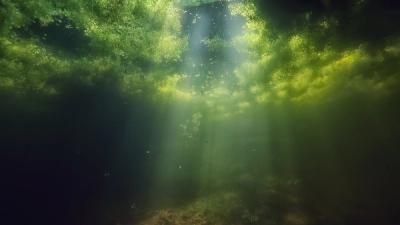The Water Cycle
The water cycle is the continuous movement of water within the Earth and atmosphere. It is a complex system that includes many different processes. Liquid water evaporates into water vapour, condenses to form clouds, and precipitates back to earth in form of rain and snow. Water in different phases moves through the atmosphere, across land, into and through the ground. It feeds our water bodies, plants, and crops, eventually evaporating back into the atmosphere or flowing out to sea.
The amount of water on the planet never changes, but climate change is affecting where, when, and how much freshwater is available to us within this cycle at any given time.

Our own human influences also affect this natural cycle. Activity such as deforestation, abstraction, building, and human-caused pollution impact natural hydrological processes and the chemical composition of water.

When organisations are planning for water, the term megalitres per day or ML/d is often used. One megalitre is the same as 1 million litres of water and would fit a cube volume of 10 meters tall and wide.

The government have published over 100 commitments for water in the Environment Improvement Plan and Plan for Water which includes the Roadmap to Water Efficiency. Explore other makers to find out more about what we can all do to help achieve these targets.